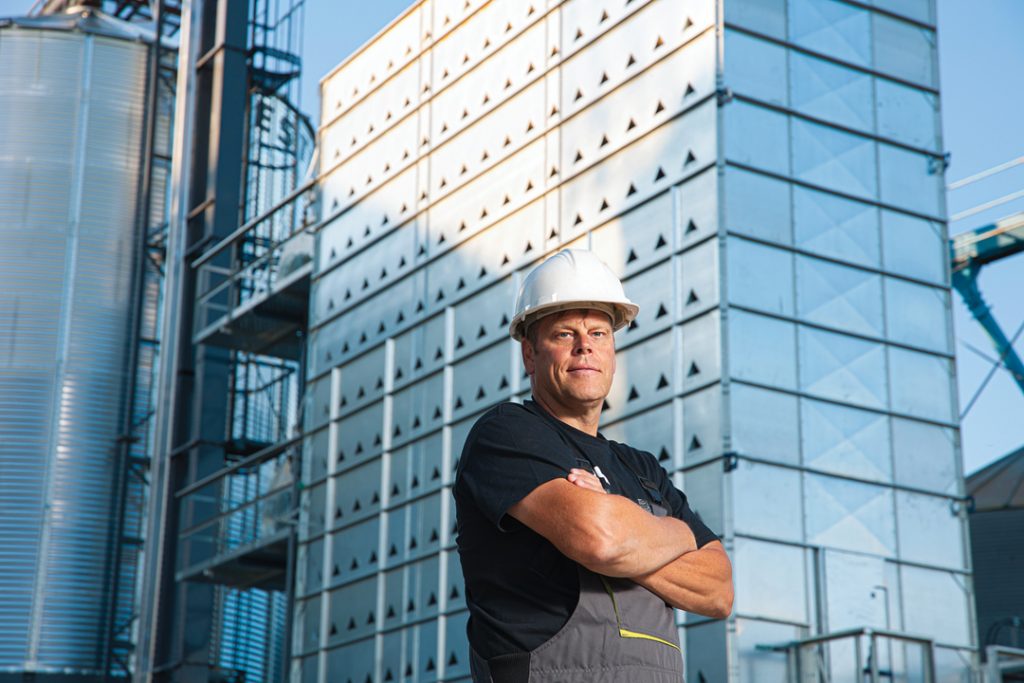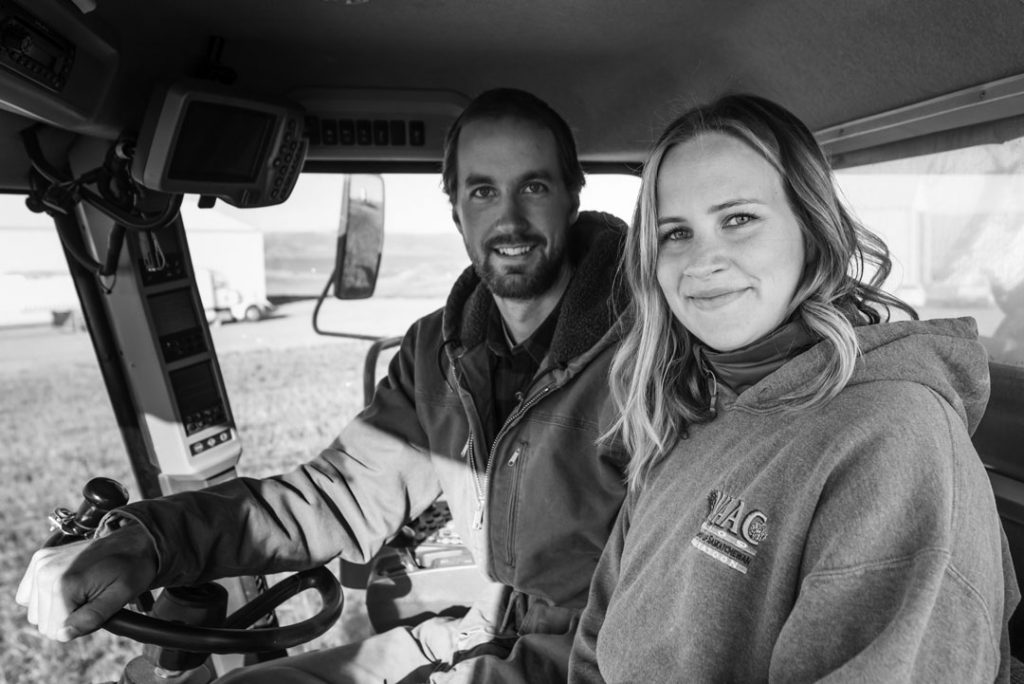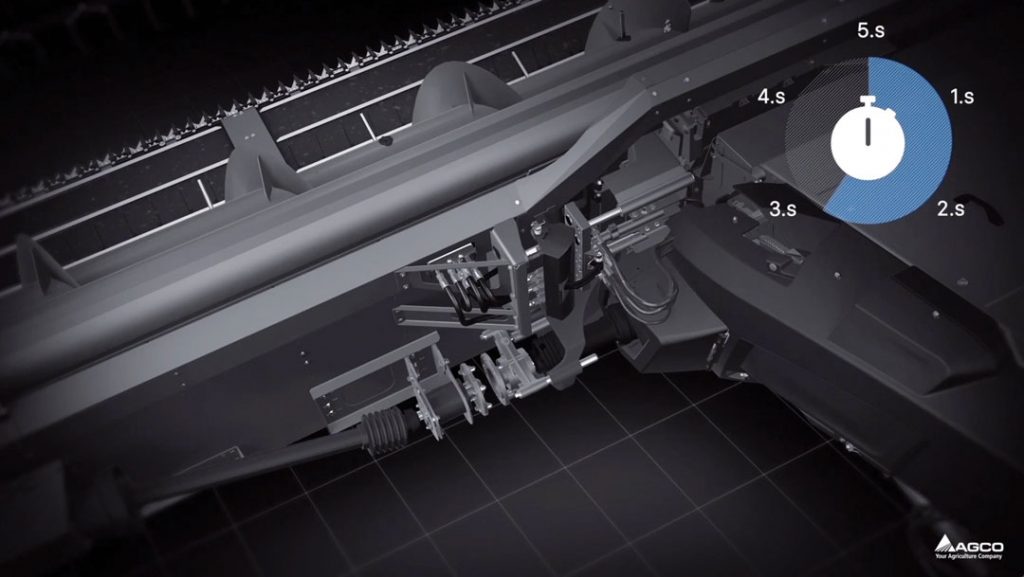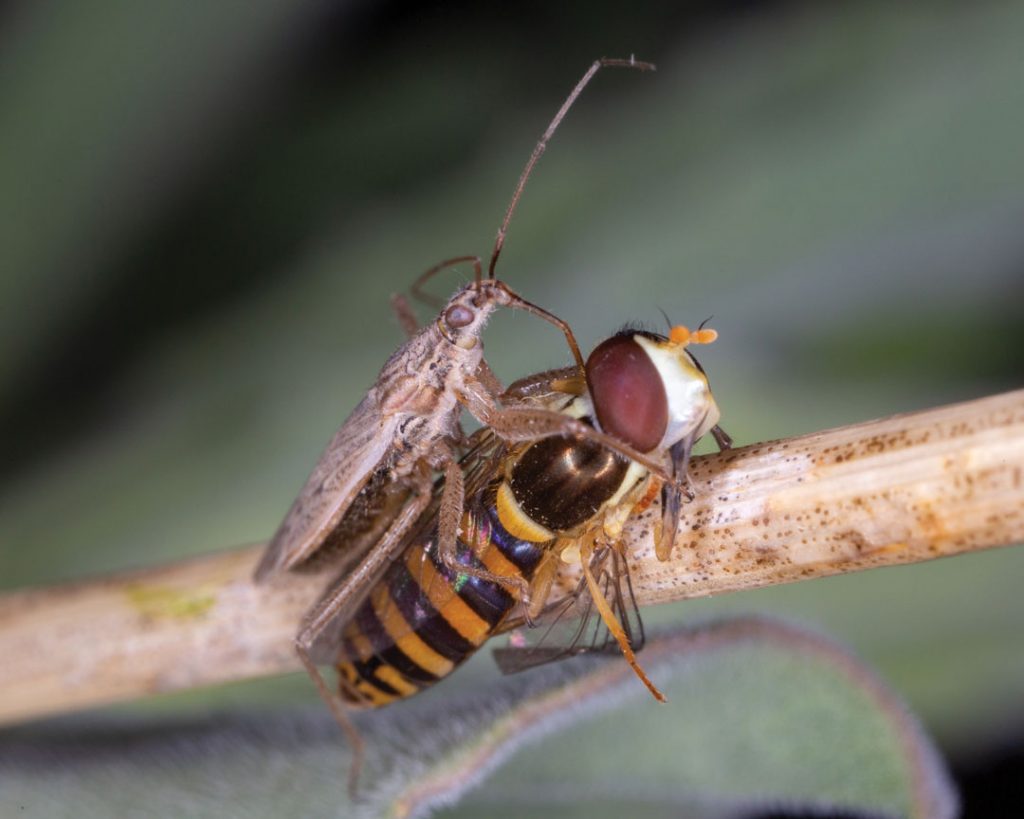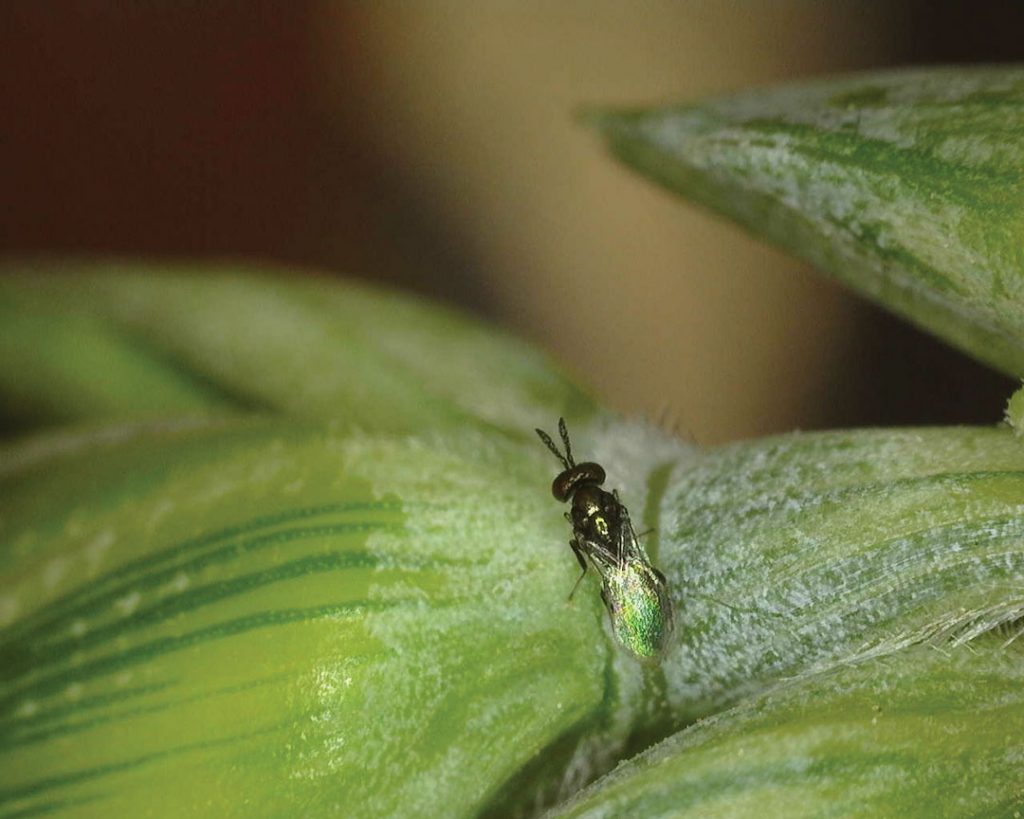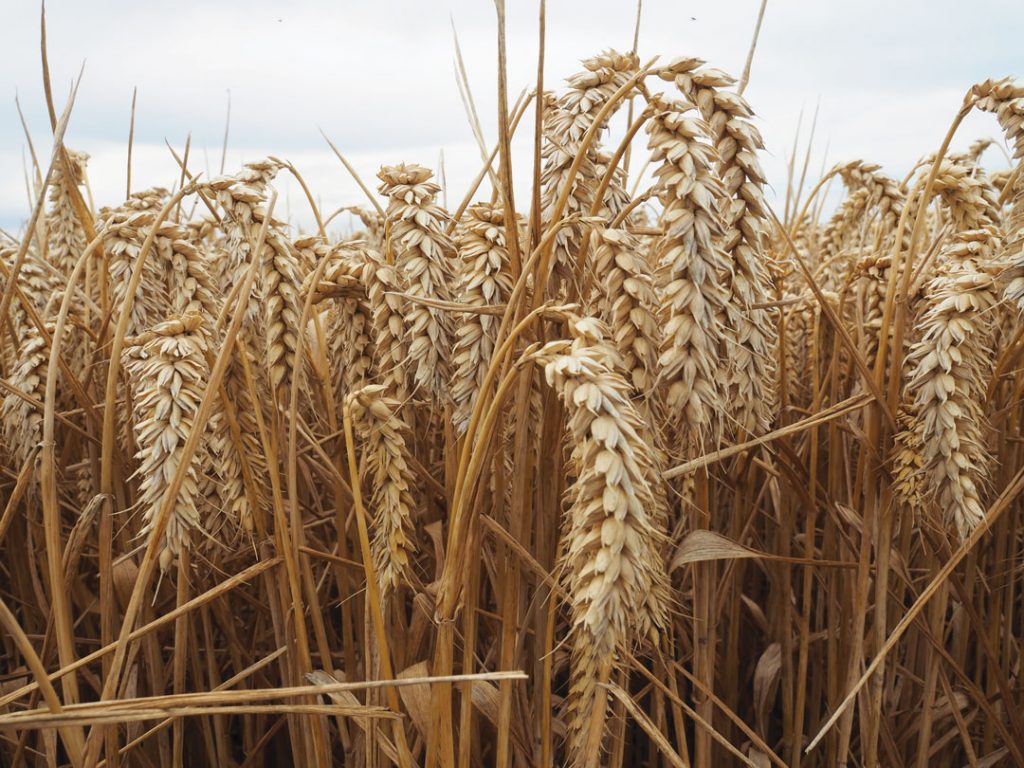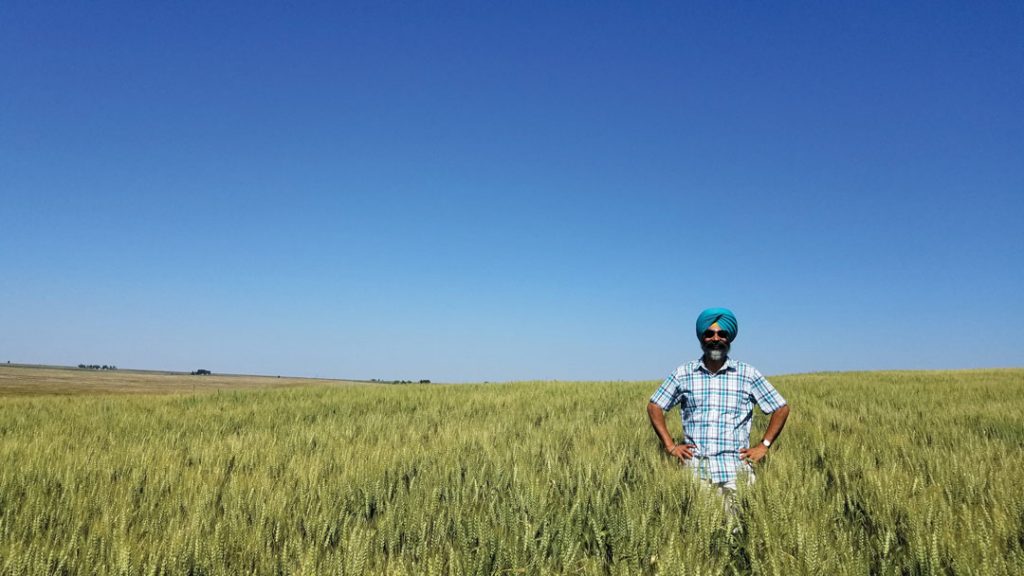IN SEARCH OF THE EASY BUTTON
The next great leap in digital agriculture, the adoption of intelligent technologies is a complex work in progress. Artificial intelligence (AI) and machine learning (ML) are engineered to produce agronomic insights farmers can act upon from a vast flow of information that includes precision ag field data, weather, soil and yield data as well as drone and satellite imagery.





